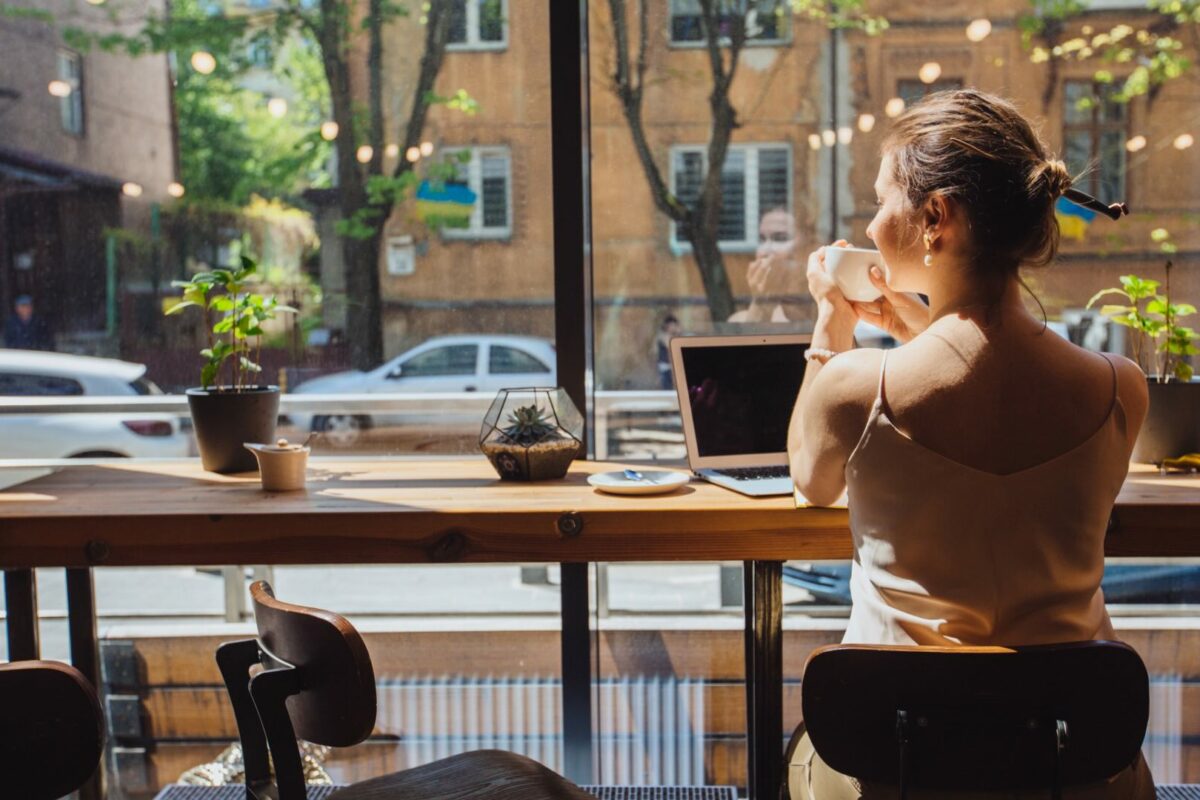In the UK alone, 204,530 new dwellings were built in 2022’s financial year. Planning for England’s commercial buildings also jumped a whopping 9 per cent in 2021 compared to 2020, with 7,800 planning applications approved.
With so many new buildings on the rise, we can’t help but ask: How many of these designs have taken neurodiverse users into consideration?
Luckily, many others are asking these questions, including international design firm HOK. Founded in St. Louis, USA in 1955, the firm’s original goal was to help clients create buildings that enrich user’s lives. In 2019, they released one of the first publications to explore how design can support neurodivergent individuals (such as those with ADHD, Autism, and dyslexia) to feel more comfortable and productive in the office. Designing a Neurodiverse Workplace shed light on how we can actively use inclusive design.
Now, the firm offers an annual interior design deep dive, HOK Forward, to examine and apply key design principles. This year’s publication, released 24 July, features Inclusive Design for Complex Buildings, taking the inclusive design conversation a step further to address spaces such as hospitals, airports, correctional facilities, laboratories, and sports venues.
The goal: Incorporate neurodiverse design strategies into spaces that tend to be big, noisy, crowded or confusing.
HOK Forward takes on neurodiverse design
While HOK acknowledges that design alone can’t solve all of the challenges, its latest publication argues that design can make spaces more welcoming and accessible, especially for neurodiverse people.
Topics covered include:
Neurodiversity: The New Inclusivity: An overview of neurodivergence and the role of design in creating more accommodating and inclusive spaces.
Aviation: HOK’s Aviation + Transportation experts map the journey through an airport from the perspective of a neurodivergent passenger, identifying stress points where design can help ease travel-related chaos and anxiety.
Healthcare: Designers in HOK’s Healthcare practice explore ways the built environment can better support neurodivergent healthcare workers, including providers, clinicians and caregivers.
Justice: HOK’s Justice specialists examine a day in the life of a neurodivergent resident and correctional officer, suggesting six specific design opportunities to enhance rehabilitation and employee retention.
Science + Technology: Designers from HOK’s Science + Technology practice examine ways to humanise research labs by making them more responsive to user needs. The team highlights five areas where designers can make labs more inclusive and productive for researchers across the neurodiversity spectrum.
Sports: HOK’s Sports + Recreation + Entertainment experts share tips for making sports venues more welcoming and accessible for neurodivergent fans and athletes. Strategies include ways to help those with heightened sensitivities prepare for, navigate and enjoy the game-day experience.
Inclusive design is increasingly working its way towards being a standard in the built environment, rather than a suggestion. RIBA recently announced new accessible and inclusive design guidelines that focus on creating buildings that are better for everyone. Health and equanimity were also named ‘grounding principles’ for design in 2023.
While the endeavour to create more inclusive spaces is an ongoing one, every new standard, guidance, and resource shared is a step in the right direction.
Content Team
Work in Mind is a content platform designed to give a voice to thinkers, businesses, journalists and regulatory bodies in the field of healthy buildings.




